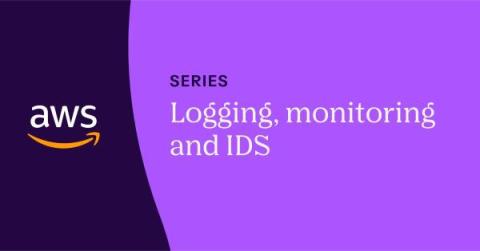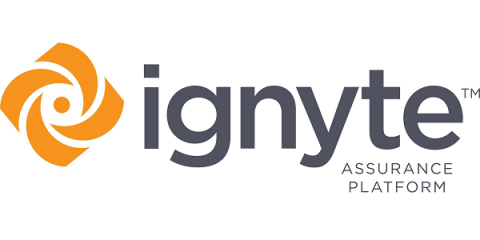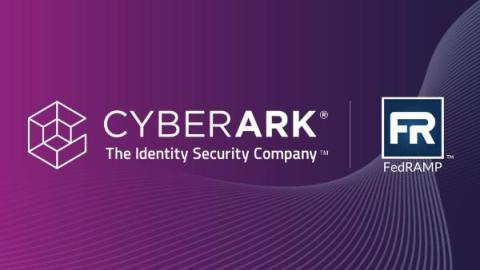How to use Vanta and AWS for logging, monitoring, and IDS
This blog is part of a series about how to use Vanta and AWS to simplify your organization’s cloud security. To learn more about how to use Vanta and AWS, watch our Coffee and Compliance on-demand webinar. Amazon Web Services, or AWS, is one of the most popular cloud providers for organizations today — providing one of the most flexible and secure cloud environments available.









